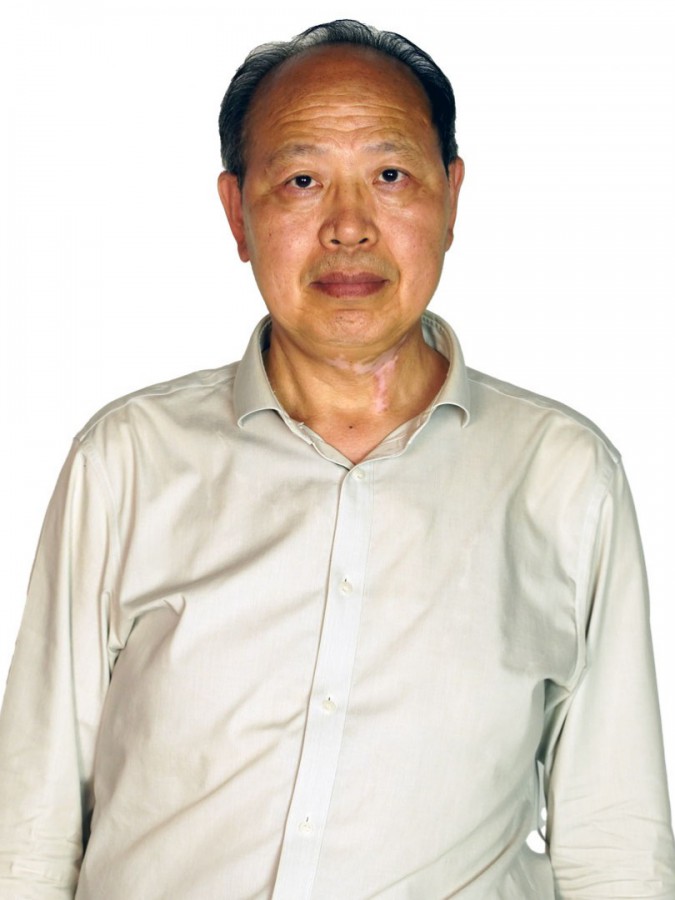resumo
This work discusses quantitatively the energy transfer mechanism that occurs in the white-light emission of sol-gel derived amine- and amide-functionalized hybrids. The white-light photoluminescence (PL) results from a convolution of the emission originated in the NH/C=O groups of the organic/inorganic cross-links with electron-hole recombinations occurring in the siloxane nanoclusters, both emissions typical of donoracceptor pairs. Two model compounds that reproduce separately the two hybrid's emissions were synthesized and characterized by X-ray diffraction, Si-29/H-1/C-13 magic-angle spinning NMR, diffuse reflectance, Fourier transform-IR, and photoluminescence spectroscopy to support their use as organic and inorganic structural models for the two counterparts of the hybrids. The comparison between the lifetimes of the two emissions of the inorganic and organic model compounds with those of the hybrids, the Arrhenius dependence with temperature of the siliceous-related lifetime in the hybrids, and the nonexponential behavior of the decay curve of the siliceous-related emission under lower excitation wavelengths are experimental evidence supporting the occurrence of energy transfer in the hybrids. This energy transfer rate is quantitatively estimated for d-U(600) (the diureasil host with smaller number of polymer repeat units) generalizing the ideas proposed recently for the intramolecular energy transfer between singlet and triplet ligand levels and ligand-to-metal charge transfer states in lanthanide coordination compounds. The dipole-dipole energy transfer rate between the two emitting centers is 1.3 x 10(9) s(-1), larger than the value estimated for the transfer rate mediated by the exchange mechanism, 3.7 x 10(8) s(-1). The predicted room-temperature emission quantum yield of that diureasil hybrid is comparable to the corresponding experimental value (7 +/- 1 %), pointing out a strong dependence of the radiative component values of the two emissions with temperature, induced by the glass-rubber phase transition of the hybrid's polymer chains.
palavras-chave
CARBOXYLIC-ACID SOLVOLYSIS; FUNCTIONALIZED ORGANIC/INORGANIC HYBRIDS; SOLID-STATE; DIFFERENTIAL-OVERLAP; INTERMEDIATE NEGLECT; MODIFIED SILICATES; LIGHT EMISSION; ACETIC-ACID; RED-SHIFT; PHOTOLUMINESCENCE
categoria
Chemistry; Science & Technology - Other Topics; Materials Science
autores
Nobre, SS; Lima, PP; Mafra, L; Ferreira, RAS; Freire, RO; Fu, LS; Pischel, U; Bermudez, VD; Malta, OL; Carlos, LD






